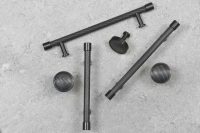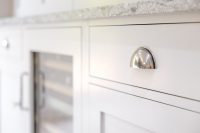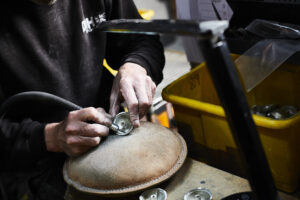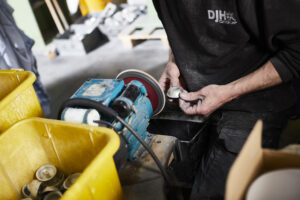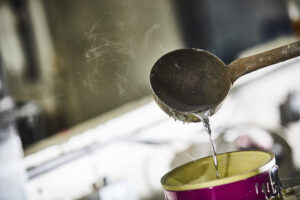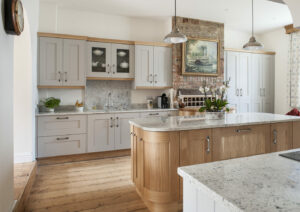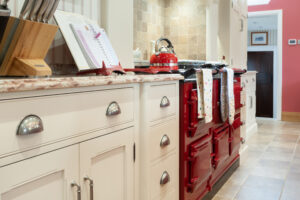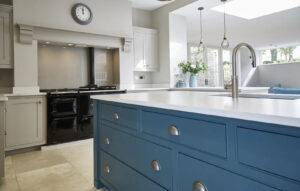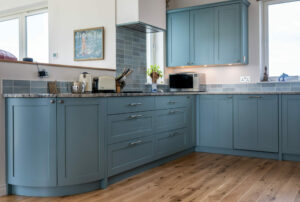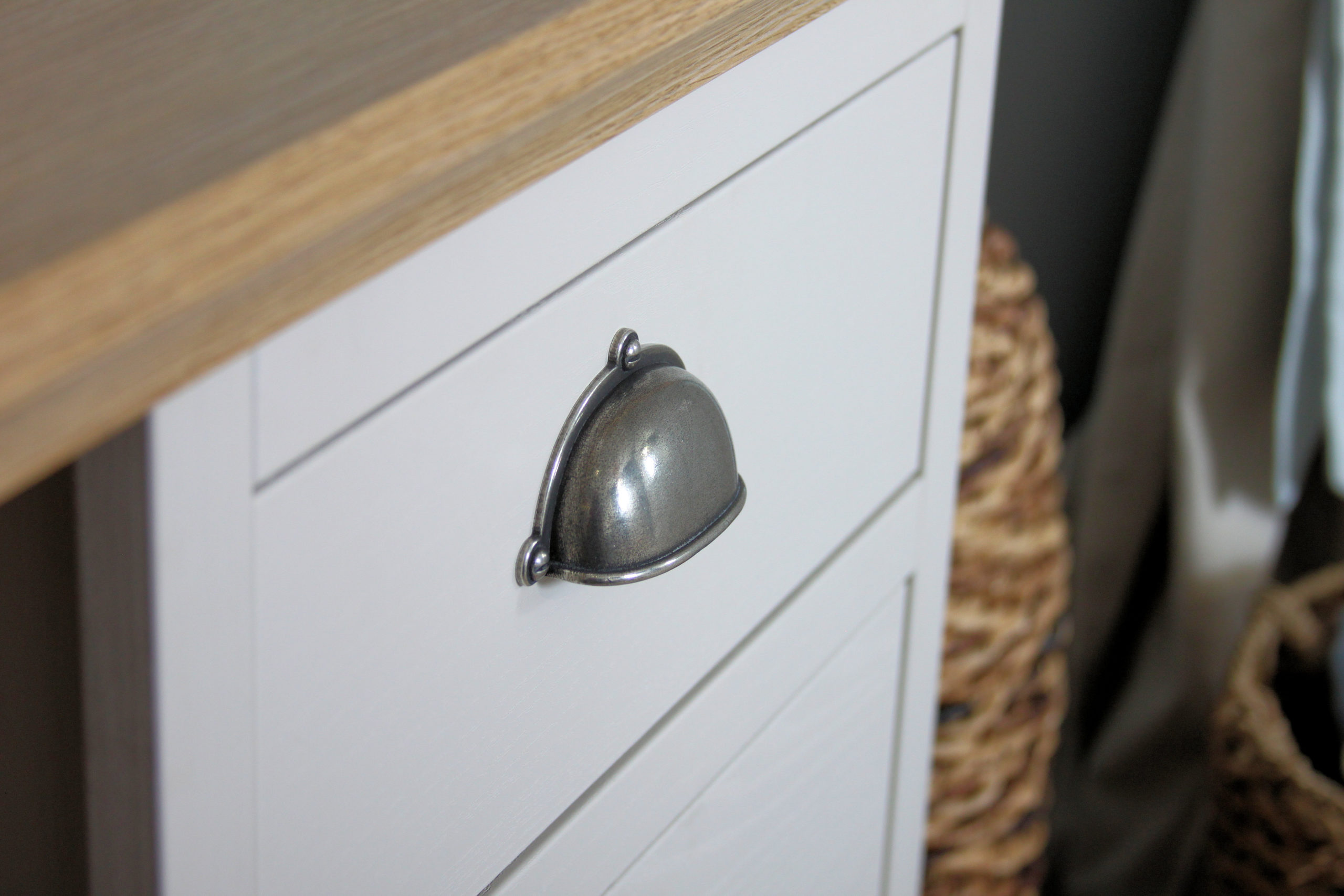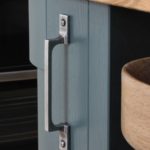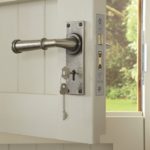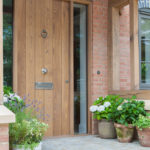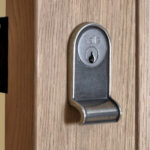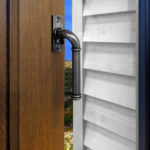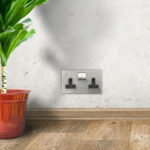ARCHITECTURAL HARDWARE
A term applied to all hardware used in the building construction but particularly that used in connection with doors, windows, cabinets and other moveable items.
ACTIVE LEAF
The primary door in a pair of doors (first to open, last close), typically has an operable handle set and is fitted with a lock or latch.
BACKPLATE
This is the plate either a handle or a mortice knob are mounted.
BACKSET
Distance from the leading edge of the door to the centre of keyhole or spindle.
BATHROOM LOCK
A lock fitted to an internal door which has a sprung latch operated by a handle or knob from either side and a privacy bolt operated by a thumb turn on the inside.
BUTT HINGE
Type of hinge designed for morticing into the edge of the door and into the doorframe.
CENTRE DOOR KNOB
Used on the face of front doors, these are rigid rather than turning and bolted from the inside.
CENTRES
Vertical distance between the centre of the keyhole to the centre of the hole for spindle. Cabinet handle centres are from centre of each screw hole.
DEADLOCK
A single bolt mortice lock set into the edge of the door which can be used to supplement a standard cylinder rim lock, usually operated by a thumb turn on the inside of the door.
DOUBLE CYLINDER
Allows access (with key) from both sides of the door, door thickness needed before ordering these.
DUMMY SPINDLE
Also know as a Taylors spindle, this a rigid short spindle fixed to a round plate and is used to fix a dummy non operable half set of door knob or lever furniture.
ESCUTCHEON
Protective surround plate fixed over keyhole.
FINGERPLATE
A plate used to cover an area of a door that is touched the most to prolong the finish on the door.
FOREND PLATE
This is the face plate of a lock or latch that is visible on the door edge, through which the latch tongue and the bolt protrude.
INACTIVE LEAF
The secondary door in a pair of doors (last to open, first to close).
LATCH
This is a spring loaded tongue which secures the door but does not lock.
LEVER HANDLE
A horizontal lever for operating the latch mechanism , these are usually sprung loaded to ensure lever returns to it’s horizontal position.
MORTICE
This is a recess cut into the edge of a door to receive a lock or latch.
MORTICE KNOB
A door knob with a spindle which can be turned to operate a latch tongue.
MULTIPOINT LOCK
Lock comprising of more than one locking point all interlinked and centrally controlled, 92mm cen-tres is common on this style of lock.
PASSAGE
Non locking set of handles or knobs that are typically used on doors that do not require security or privacy.
REBATE KITS
Double doors usually have a rebated edge where they come together when closed, when fit-ting mortice locks or latches it is necessary to fit a rebate kit to enable forend / strike plates to fit correctly.
ROSE
A circular plate on which a handle or a knob is fiited.
SASH LOCK
A mortice lock containing both a latch (operated by door handles) and a bolt (operated by a key).
SPINDLE
This is the square bar inserted through the latch case which connects the handles and enables the latch tongue to be operated.
STRIKE PLATE
Plate fixed to the door frame into which the bolt or latch shoots.
THUMB TURN
Used to operate the cylinder lock or privacy lock where a key is not required.
TUBULAR LATCH
Smaller than a box latch and easier and quicker to fit.
TURN & RELEASE
Used with a bathroom lock, by using the thumbturn the door can be locked from the inside without the need of a key, typically have a slot on the outside where a coin can be used to gain entry in case of emergency.


